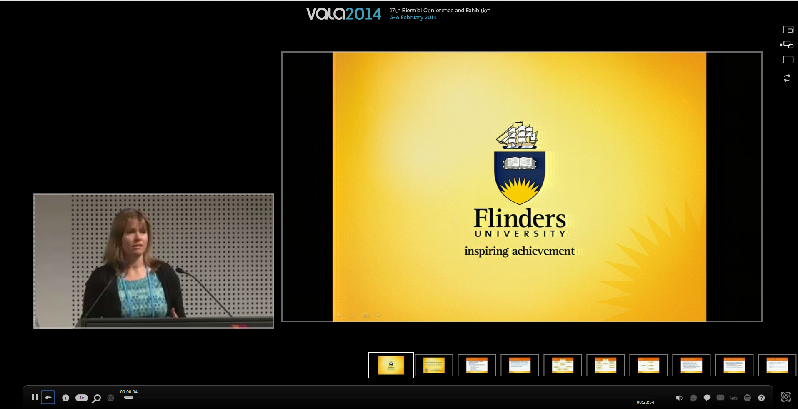Well, it's the last day of June and that means no more #blogjune after today. It's been great to be a part of #blogjune and thanks again to Con Weibrands (@flexnib) for organising this and all the other participants for inspiration along the way.
I managed to post every day during the month, which I feel really proud about. I now have ten times more posts on this blog than I did before! There were definitely some factors that helped with this, such as my partner being away which meant lots of quiet evenings at home without things like Game of Thrones and Scrabble for distraction!
I also spent more time reading blogs than I ever have before. My RSS reader was pretty empty before #blogjune; it's become a regular part of my day to read blog posts on my morning commute and I think that will continue and probably grow.
I've learned quite a lot about blogging and about myself through this process. In no order whatsover, the things I have found out are:
I'm a nightowl
I did already know this but it's interesting to observe it while doing something as intense as #blogjune. I tried to write a couple of posts during the daytime but mostly I posted after 10pm. I've always found late at night to be my most productive time for creative endeavours. Had I not had to go to work I'm sure that I would have been blogging even later and posting at 2am!
Lots of other people aren't nightowls
Just because I post at midnight doesn't mean that's when I should send the tweet out about it! I realised that if there was a post I really wanted people to read that I needed to wait until they were actually awake to notify them about it. It was a good prompt to learn how to schedule tweets anyway.
All my traffic comes from Twitter
I have plenty of things to write about
Before #blogjune I started gathering a list of possible topics so that I would never be faced by the blank screen. I did look at this list seven times during the month, when I was stumped for something to write about. The rest of the time I had no trouble coming up with something to write about based on what was happening around me at that particular time. In fact, there were a number of topics that I really wanted to write about that I didn't get around to!
Some things are more interesting than others
A data management post with a slightly provocative title (for me) got by far the most views, re-tweets and comments. I had been nervous about writing this one, but I'm glad that I did because it seemed to strike a chord.
After that though, the posts that were most of interest to other people were on more generic topics to do with professional development; the posts were about librarians as internal consultants, project-based careers and pathways into data management. A post reflecting on my use of Twitter for professional networking was also pretty popular.
Writing and reading together make for good reflection
The thing I have enjoyed most about #blogjune is that it has provided me with a way to reflect on what I have been reading. I feel like this month I read things more deeply and through writing about them I made more explicit connections with my own professional practice. Although I probably think of myself as a reflective practitioner, the acts of adding an article or report to Zotero and then writing something about it have shown me that my reflection is usually pretty shallow, consisting of skim reading, sending a Tweet and filing it somewhere at the back of my head. If nothing else, I hope that I will continue to use my blog as a way of engaging more critically with the articles and reports that I am reading.
I prefer building an argument to stating an opinion
I've been trained to write scholarly pieces that make reference to other people's works. I'm comfortable with that mode and find it hard to simply express an opinion without backing it up. I don't think this is a problem but I do wonder if blog posts with references are just silly, and if this actually means I need to spend more time writing some journal articles!
Short and sharp (no, not so much)
I wrote about 18,000 words over the month, with a lot of posts coming in around the 700-800 word mark. I don't think this is a bad length for a post, and I don't think they were particularly waffly, but I am wondering if the theme that I have applied to my blog might not be the best for posts of this length.
The other thing is that I am slooooooow. Many posts took me a couple of hours to write which would not really be sustainable on a daily basis without having to sacrifice other important things like sleep, exercise or time with my partner.
I'm not a visual thinker
Yes, I already knew this one too, but #blogjune certainly highlighted it. I really have to force myself to think about whether there is an image or two that could be added to a post for the poor people that aren't completely text-oriented like me.
I respond well to external constraints and deadlines
Which is why I will definitely see you next year for #blogjune!
















